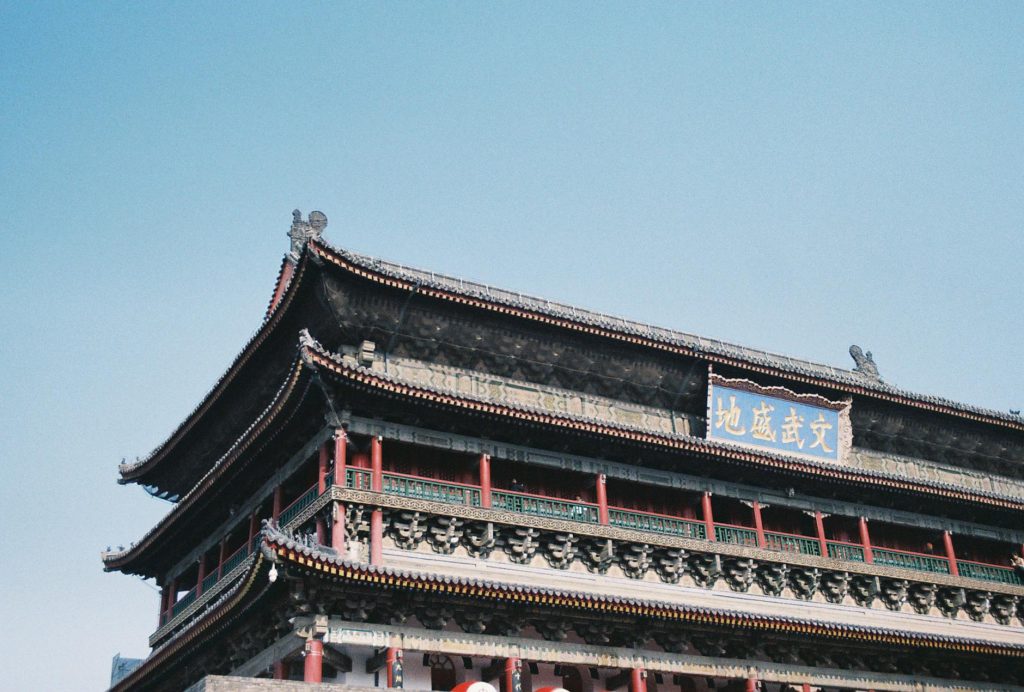
The Great Mosque of Xi’an, China: A Testament to the Islamic Silk Road
The Great Mosque of Xi’an stands as one of the oldest and most significant mosques in China, located in the ancient city of Xi’an, which played a pivotal role in the spread of Islam along the Silk Road. This architectural marvel not only serves as a place of worship but also as a vivid reminder of the cultural exchanges that occurred between different civilizations throughout history.
History of Islam in China
Islam has had a presence in China since at least the 7th century, introduced by traders and travelers along the Silk Road. The Muslim community in Xi’an, known as the Hui, developed a unique synthesis of Islamic practices interwoven with local Chinese traditions. As trade expanded through the Silk Road, Xi’an became a central hub, encouraging the growth of a diverse culture that brought together various religions and customs.
The Great Mosque was established in 742 during the Tang Dynasty, reflecting the influence of Islamic culture in an era when China was experiencing significant international interaction. Over the centuries, it has endured through various dynasties, continuously serving the local Muslim population and adapting to the changing political landscapes [1].
Mosque Architecture
The architecture of the Great Mosque of Xi’an is a unique blend of traditional Chinese and Islamic styles, making it an intriguing site for visitors. The mosque complex covers over 13,000 square meters and features a series of beautifully landscaped courtyards, notable gateways, and intricately designed prayer halls.
- Entrance: The entrance is marked by a striking archway, adorned with ornamental tiles and inscriptions that showcase Islamic art blended with Chinese aesthetics.
- Courtyards: The mosque is arranged into several courtyards, each leading to the next, creating a serene and contemplative atmosphere. These courtyards are lined with cypress trees, some of which are over a thousand years old.
- Prayer Halls: The main prayer hall is a significant feature, characterized by a beautifully decorated ceiling and elegant wooden beams. Unlike many mosques worldwide, the hall does not have a traditional dome, reflecting the local architectural customs.
The design signifies the adaptability of Islam within the context of Chinese culture, demonstrating the harmonious coexistence of different artistic traditions [2].
Prayer Halls & Courtyards
The Great Mosque features several prayer halls that can accommodate a large number of worshippers. The largest hall, situated at the heart of the mosque, is designed to host Friday prayers and special religious ceremonies.
- Interior Design: Inside, the hall is adorned with intricate carvings and calligraphy, highlighting verses from the Qur’an. The use of wood instead of stone in construction gives a warm and inviting feel.
- Courtyard Areas: Surrounding the prayer halls, the serene courtyards serve as gathering spaces for the community. They are often used for educational purposes, where teachings about Islam and camaraderie are promoted.
If you’re fortunate to visit during prayer times, you’ll witness the profound sense of community among worshippers, a reminder of the mosque’s enduring significance in the modern era.
Cultural Exchange along the Silk Road
The Great Mosque of Xi’an stands as a symbol of the rich cultural exchanges that took place along the Silk Road. This ancient trade route facilitated the movement of not only goods but also ideas and beliefs. As merchants, scholars, and pilgrims traveled, they brought with them various cultural practices.
- Culinary Influences: The marriage of Islamic culinary traditions with local Chinese cuisine is evident in Xi’an’s food offerings, such as the popular lamb noodles that showcase how food also acted as a medium for cultural exchange.
- Art and Language: The interactions along the Silk Road have influenced calligraphy, art, and even language among the Hui Muslims. The integration of different styles in local art forms has enriched the cultural heritage of both communities.
The Great Mosque serves as a testament to this legacy, fostering understanding and appreciation among diverse cultures over centuries [3].
Visitor Info
Visiting the Great Mosque of Xi’an is a rewarding experience for anyone interested in history, architecture, or cultural studies. Here are some essential tips for your visit:
- Location: The mosque is located in the Huajue Alley in Xi’an’s Muslim Quarter, making it easily accessible to tourists.
- Opening Hours: Generally open from early morning until late afternoon, it’s advisable to check current visitor hours, especially during religious holidays.
- Dress Code: While it’s a tourist site, respectful attire is encouraged, especially in prayer areas.
- Nearby Attractions: After visiting the mosque, take time to explore the Muslim Quarter, renowned for its vibrant markets and delicious street food.
Conclusion
The Great Mosque of Xi’an is not only a place of worship but also a profound symbol of cultural exchange along the Silk Road. Its unique architecture and rich history reflect the intermingling of Chinese and Islamic civilizations over centuries. For visitors, it offers a chance to appreciate the depth of cultural heritage that shapes a community, making it a must-visit destination for travelers exploring the historical tapestry of China.
References
Get epic product battles straight to you! 🥊 📦 ![]()
